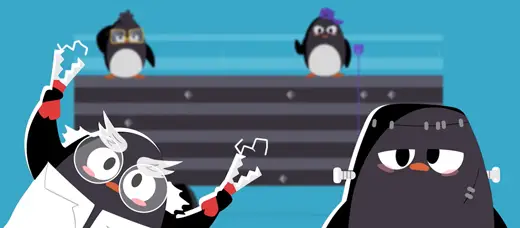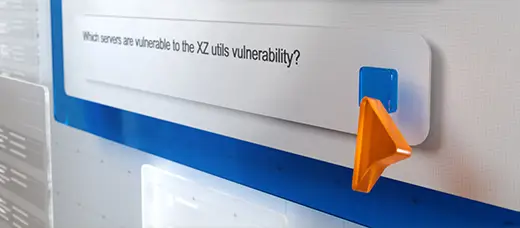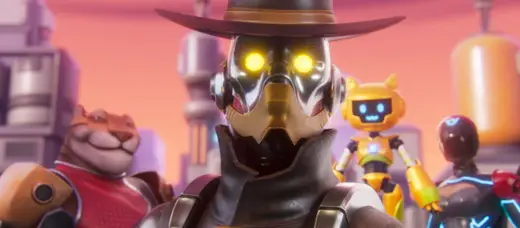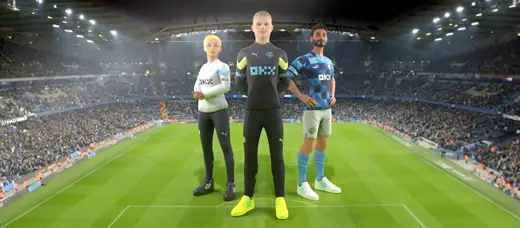The Challenges of 3D In-Game Animation
May 24, 2023
In-game animation is central to creating believable characters through believable actions and movements. An eye for detail and a thorough work ethic are essential to creating the best in-game animation possible. When it comes to 3D in-game animation, the added dimension of depth adds a layer of challenge.
Working on 3D in-game animation naturally means that it will be part of a three-dimensional game, meaning that players will be able to view characters from every angle imaginable, opening up the in-game animation to a level of scrutiny generally not seen in 2D in-game animation. For unimpeachable 3D in-game animation, developers and animators will need to overcome several challenges.
Visual Style and Maintaining Consistency
3D games cover a huge variety of visual styles, from the realism of the Battlefield series to the cel-shading of the classic Legend of Zelda: The Wind Waker. Perhaps more so than 2D games, 3D games can benefit from any visual style imaginable. For animators, a game’s artistic direction is a significant influence on their work.
Looking at Nintendo’s Splatoon series as an example, each game in the franchise so far has a signature cartoonish look and over-the-top animations. The exaggerated animations found throughout each title are consistent, with no realism or other visual styles creeping in and causing inconsistency. It might seem obvious to maintain visual consistency as best as possible, but from the Magic Media group’s experience, it’s easier said than done in practice.
Consistency in 3D animation requires painstaking attention to every aspect of the animation itself, the character model, and the overall level of detail. Though an animation might look perfect from one angle, it could be incorrect or otherwise inappropriate for the game’s style from another. Creating the keyframes and transitions for the animation necessitates an eye for even the smallest of details. The overall level of detail is also crucial, where realistic games might benefit from the most detailed animations possible, highly-stylized games could benefit more from simpler-yet-exaggerated animations.
Motion Capture
Though 3D games have been popular and dominant for decades, motion capture for 3D games has become increasingly viable in the last decade or so. Motion capture techniques are being employed more and more as the technology becomes more affordable to create incredible 3D in-game animations. This technology can be used for excellent results as seen in the God of War and The Last of Us franchises, but it requires the skill of talented animators to refine the motion capture data.
Motion capture is useful for creating raw base-level animations that need the skills of a 3D animator to refine them into something usable. The output of motion capture technology won’t be perfect regardless of the quality of the actor’s performance. Cleaning up the output of motion capture technology is a complex process that necessitates going through every frame thoroughly from every possible angle to ensure nothing is amiss.
Optimization is All-Important
Though creating high-quality 3D in-game animations is the top concern for any animator, for the benefit of the game and its overall performance, it’s critical to optimize animations as much as possible. File size can become a concern, especially for 3D games, but luckily there are ways of managing this from the 3D in-game animation side of things.
3D in-game animations and character models can often contain extraneous data and hidden objects from the design, 3D modeling, and animation stages. Taking the time to determine if any of this exists in your game before it goes gold is a clever way of reducing overall file size and improving the game’s performance. This is especially important for multiplatform games that target lower-end platforms such as mobile devices.
Additionally, some file formats designed specifically for 3D data have in-built compression which should help file sizes and performance immensely. Formats like FBX and glTF are commonly used for 3D storage and based on our experience, their native compression techniques can save huge amounts of storage that otherwise could be difficult to free up.
Magic Media is an experienced provider of stellar services for gaming and entertainment projects. Beyond our second-to-none 3D and 2D in-game animation, we offer full-cycle development, real-time VFX, video production, and dozens more services. Get in contact today to learn more about our one-stop solution, and let’s create magic!




